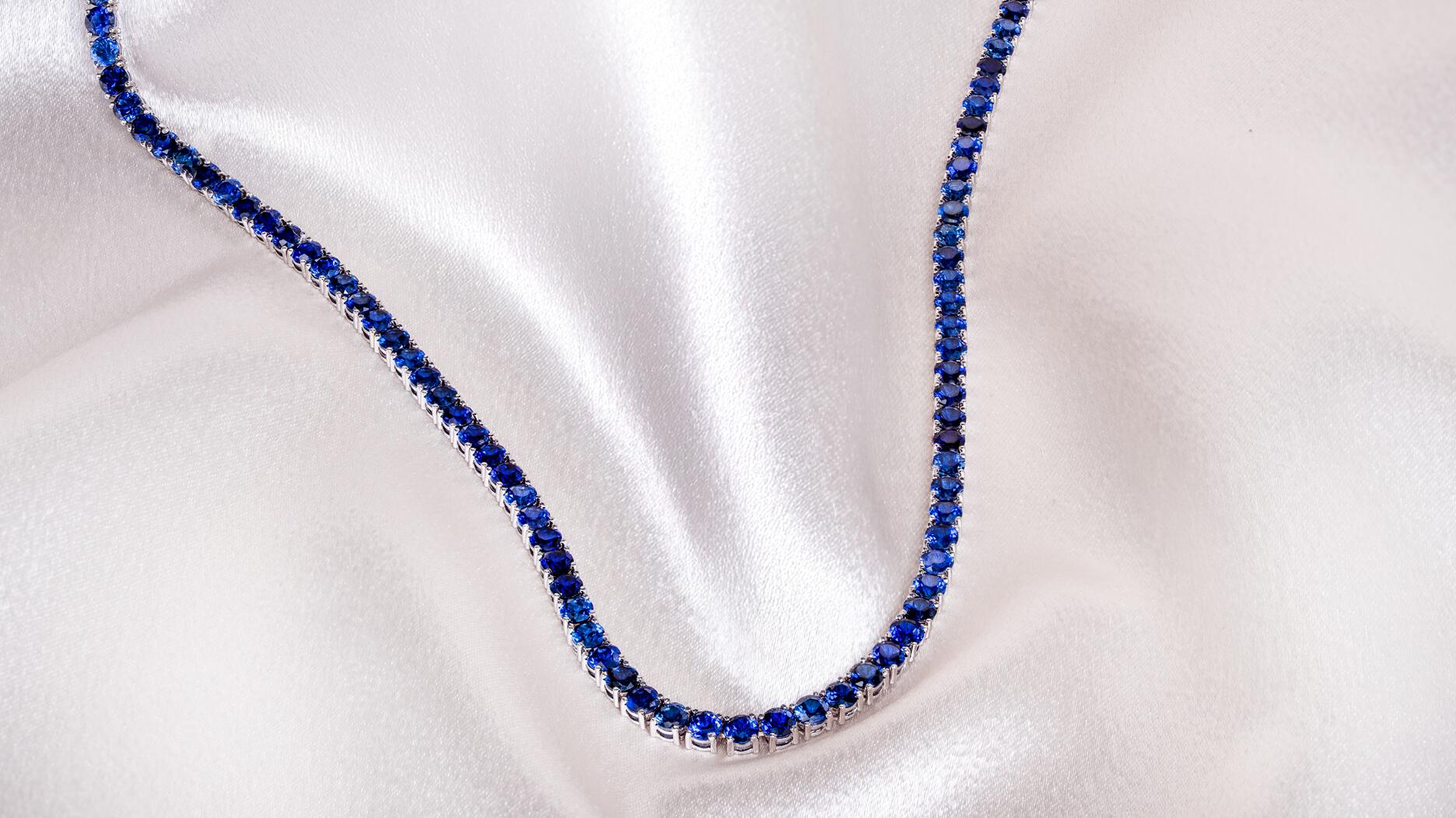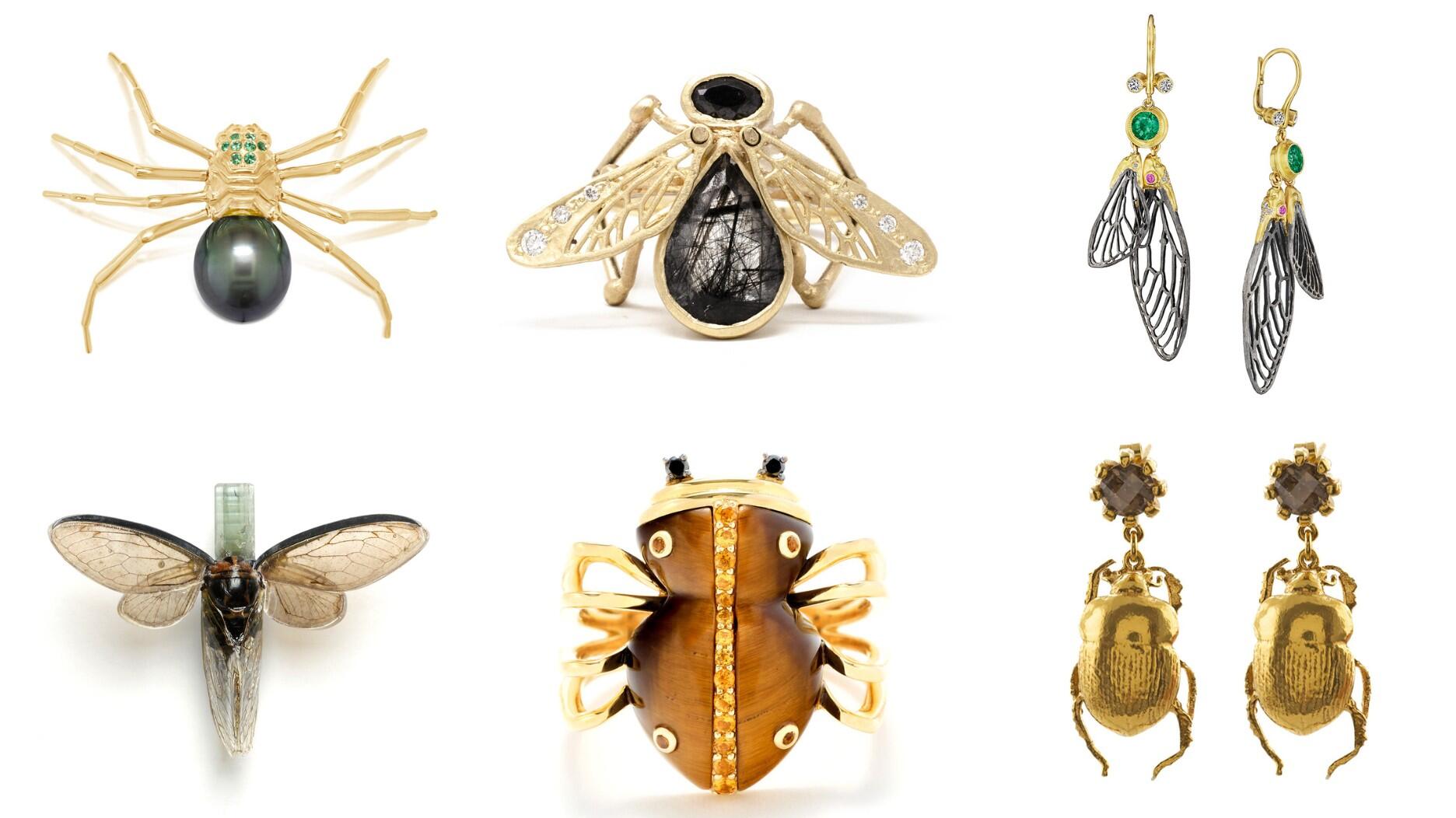The new pink sapphire version of the piece dances with its wearer in the brand’s “Icons After Dark” holiday campaign.
Demographic drop-off
Editor-in-Chief Michelle Graff looks at the reasons why people are getting out of, and not getting into, the jewelry industry.
A few weeks ago, we published a story on the latest quarterly statistics from the Jewelers Board of Trade, which showed that the size of the jewelry industry is continuing to contract, meaning more people are getting out of this business than are getting into it.
The reasons for the industry shrinkage are varied and, though they have been well documented up to this point, after I wrote my most recent JBT story, I began reaching out to retailers and others in the industry to get their perspective. What do they think is the No. 1 factor, or factors, contributing to jewelers closing?
As it turned out, very few could narrow it down to just one thing, but one answer that came up in nearly every reply was this: simple demographics.
The baby boomers, which are the second-largest generation in the U.S., second only to their millennial children, have been running the country’s jewelry stores—and essentially its jewelry industry—for years, but guess what’s happening to them? The same thing that happens to everyone: they are getting old and they want to retire.
I can’t say I blame them.
Retail has changed completely in recent years and in order to keep up in this digital age, jewelers have to figure out new ways of reaching customers and stock different kinds of product—some of which might not be the fine jewelry they are used to—all while fending off online competition and keeping up with the expectations of an increasingly demanding, but not necessarily spendthrift, consumer.
If you were in your mid-50s or 60s and staring down the last five or 10 years of a long career, would you be willing to put in the time and energy to completely change your business if you had the means, or enough of the means, to retire? I wouldn’t.
Some might say the problem is that jewelers are unable to adapt to retailing in the digital age, but I don’t think that’s always the case. I think in some cases it’s more a matter of willingness. Why change
As Dennis Petimezas, owner of Watchmakers Diamonds and Jewelry in Johnstown, Pa., put it, “If you’re 75 to 80 percent of where you need to be to successfully retire, why take the risk? ... Can a mature independent afford to make a mistake at this point and have to work even longer to then try and correct it?”
I think it’s more logical to just take the money you can get out of your business now and retire. Or, if you still need the money and/or just aren’t ready to spend all day on the golf course, do something still jewelry-oriented but perhaps a little (or a lot) less stressful than being a small business owner.
Another factor contributing to the shrinking industry is the decreasing number of young people stepping into the family business.
There are some who say the younger generation is not willing to put in the time it takes to run a small retail store, but I don’t agree with that blanket statement any more that I agree with the assertion that older jewelers are retiring simply because they can’t figure out Facebook.
The majority of companies today are running lean, with one employee shouldering a workload that once was handled by two or even three people. Staff are working long hours no matter what the profession, made longer by the fact that people are on email nearly 24 hours a day.
I don’t think it’s a matter of young people not being willing to work; I think, in many cases, it’s just a matter of them picking different career paths, working for companies that are much younger and, by extension, seem hipper and cooler.
Jewelry isn’t the only industry with this problem.
Over the summer, Fortune magazine did a video interview with GE CEO Jeff Immelt.
Immelt told the interviewer that luring young talent away from Facebook, Google and startups and to GE is one of the issues that keeps him up at night, and this concern is evident in GE’s current advertising campaign featuring Owen, a new, young programmer/developer at GE.
Have you seen these commercials? There are a couple different versions (one of which you can view below) but the message in each is clear: Young people, come work at GE. The work you’ll be doing here will transform the way the world works.
Jewelry does not have its own Owen, but that does not mean the industry’s organizations are ignorant of the need to attract young talent.
The Diamond Council of America, MJSA, the Independent Jewelers Organization, the American Gem Society, the International Colored Gemstone Association and U.S. Antique Shows, which just crowned its first “Antique Young Gun” this past weekend, all are working to pique the next generation’s interest in jewelry. Our associate editor, Brecken, profiled their efforts in our last digital magazine.
It’s not a BBDO-created national advertising campaign on the same scale as GE’s Owen. But, it is a step in the right direction, and it addresses one of the problems impacting the incredible shrinking jewelry industry.
The Latest

A choice that’s generated a lot of commentary, Pantone says “Cloud Dancer” marks a fresh start and encourages relaxation and creativity.

The manufacturer’s holiday campaign features a gift guide filled with trending designs and jewelry that can be personalized.

How Jewelers of America’s 20 Under 40 are leading to ensure a brighter future for the jewelry industry.

The man was charged with theft, accused of ingesting the necklace while in a jewelry store in Auckland, New Zealand.


The Florida independent expanded its store from 8,000 to 14,000 square feet, fulfilling the vision of its late co-founder, Jim Dunn.
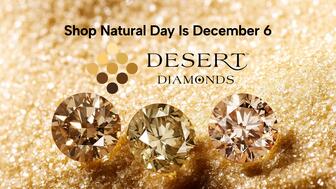
Sponsored by De Beers Group

Roseco’s 704-page catalog showcases new lab-grown diamonds, findings, tools & more—available in print or interactive digital editions.

The classic 5600 series G-Shock has been scaled down to about a tenth of its size, becoming a fully functioning watch ring.

The association’s annual conference and gala will take place Feb. 4, 2026, during the Tucson gem shows.

The January show will include a workshop for jewelry retailers on implementing AI to strengthen their businesses.
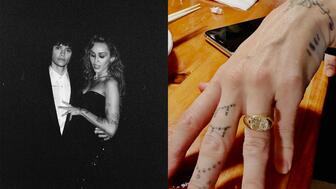
Fellow musician Maxx Morando proposed to the star with a chunky, cushion-cut diamond ring designed by Jacquie Aiche.

The retailer, which sells billions in fine jewelry and watches, is suing the Trump administration and U.S. Customs and Border Patrol.

Black Friday is still the most popular shopping day over the five-day holiday weekend, as per the National Retail Federation’s survey.
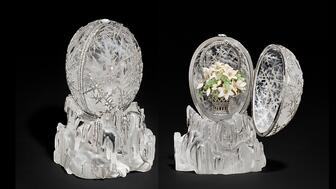
The historic egg, crafted for Russia's ruling family prior to the revolution, was the star of Christie’s recent auction of works by Fabergé.
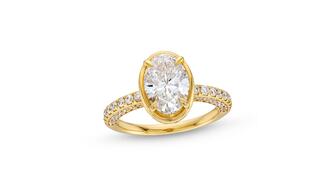
The retailer offered more fashion jewelry priced under $1,000, including lab-grown diamond and men’s jewelry.

The eau de parfum is held in a fluted glass bottle that mirrors the decor of the brand’s atelier, and its cap is a nod to its “Sloan” ring.

Vivek Gadodia and Juan Kemp, who’ve been serving as interim co-CEOs since February, will continue to lead the diamond mining company.

In addition, a slate of new officers and trustees were appointed to the board.
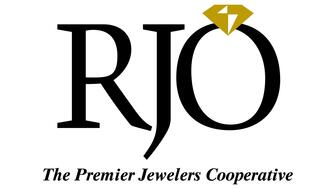
Witt’s Jewelry in Wayne, Nebraska, is the organization’s new milestone member.

Laurs is the editor-in-chief of Gem-A’s The Journal of Gemmology and an expert on the formation of colored gemstone deposits.
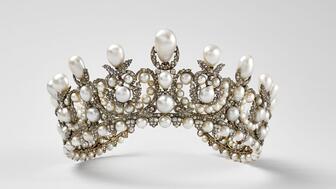
The man, who has a criminal history, is suspected of being the fourth member of the four-man crew that carried out the heist.
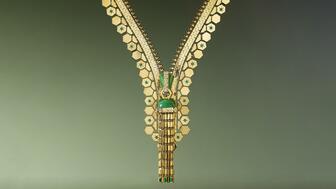
The single-owner collection includes one of the largest offerings of Verdura jewels ever to appear at auction, said Christie’s.

Michael Helfer has taken the reins, bringing together two historic Chicago jewelry names.
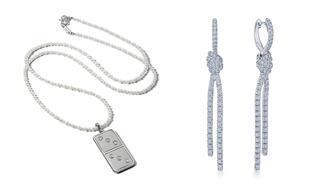
The guide features all-new platinum designs for the holiday season by brands like Harwell Godfrey, Ritani, and Suna.

During its Q3 call, CEO Efraim Grinberg discussed the deal to lower tariffs on Swiss-made watches, watch market trends, and more.

Rosior’s high jewelry cocktail ring with orange sapphires and green diamonds is the perfect Thanksgiving accessory.










